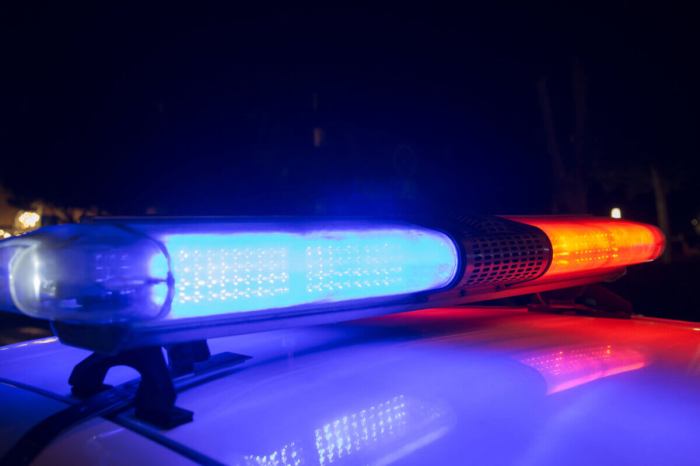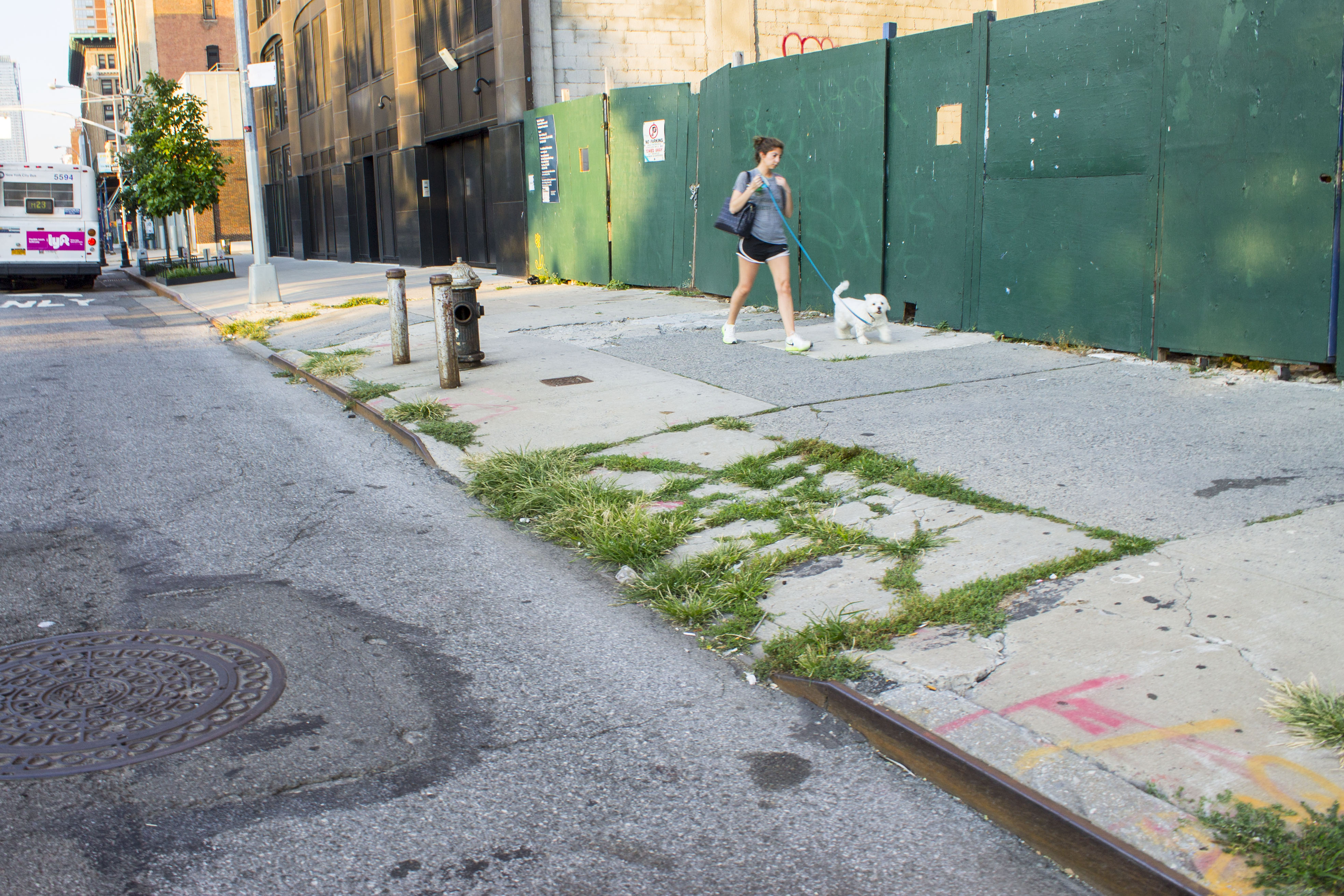
BY ZACH WILLIAMS | Small vehicular ramps known as curb cuts continue to influence the West Side streetscape, years after commercial vehicles last utilized them.
At least 146 obsolete curb cuts remain throughout Chelsea and Hell’s Kitchen, comprising enough space to accommodate hundreds of trees, according to a 2010 preliminary survey conducted by Community Board 4 (CB4). The conversion of old warehouses, auto repair shops and factories into boutique shops, residential housing and art galleries brought little change to the edge of the sidewalks where curb cuts now continue to deter parking.
But one local resident did not exhibit any confusion on Aug. 16, when searching for Sunday evening parking. A space alongside the aging curb cut on the 500 block of W. 24th St. (btw. 10th & 11th Aves.) remained vacant that night, until the driver parked his SUV there.
“Once upon a time it may have been a garage, because there used to be taxi repair shops here,” said Elke Jacobsen, a longtime neighborhood resident who passed by, of the current location of 535 Galleries into which the curb cut seemingly led.
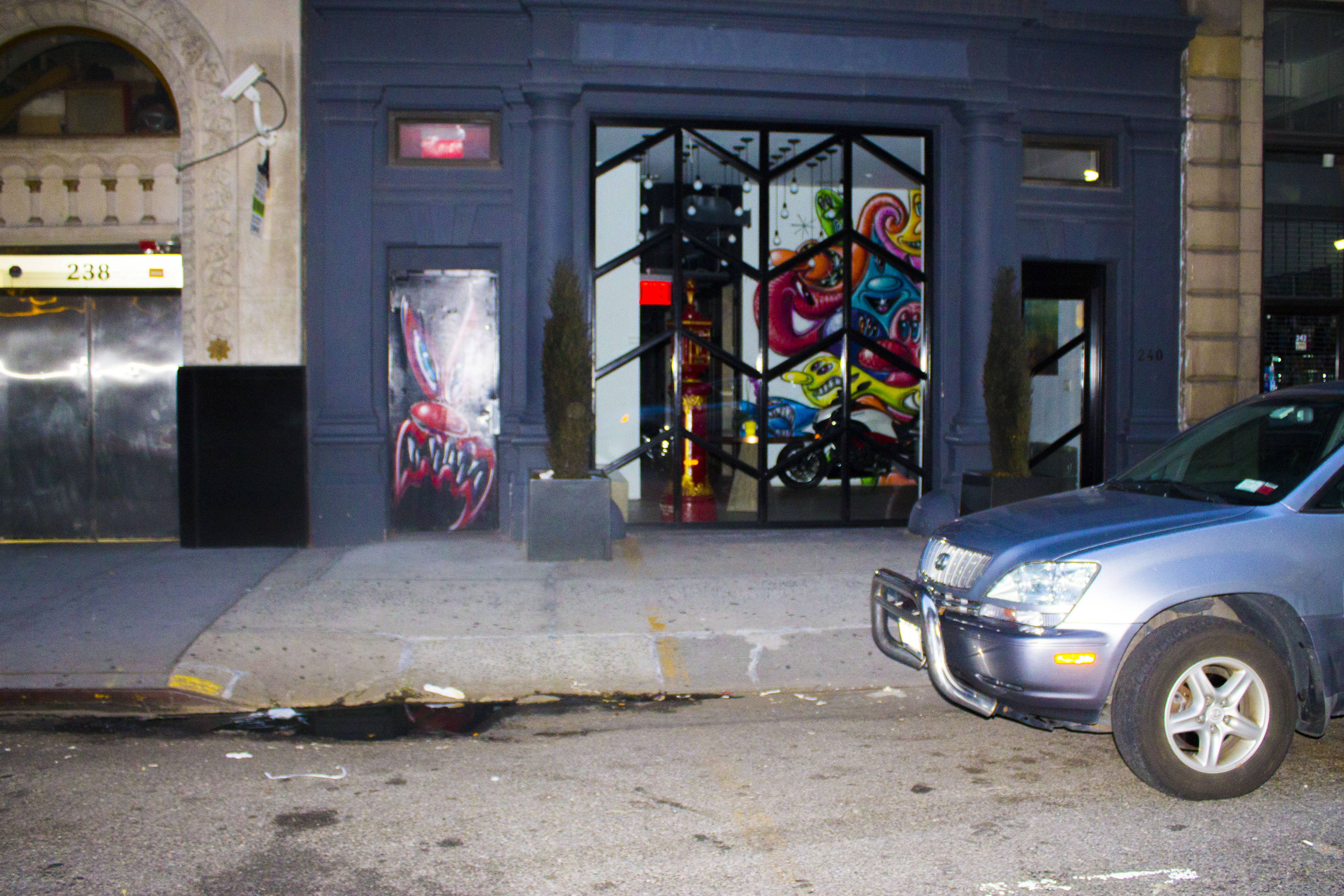
A ticket for blocking a curb cut can cost up to $95, according to the city Department of Finance. The driver, Rich, did not provide his last name, but he did explain the reasoning behind his decision to park there with apparent confidence.
“It’s obviously not a garage, so there is no issue,” he said of the gallery location. Multiple unconfirmed online testimonials, meanwhile, attest to the notion that other New Yorkers have not been so fortunate with the enforcement of local parking regulations.
The city Department of Buildings (DOB) defines curb cuts as “a dip in a sidewalk and curb that enables a vehicle to drive to a driveway, garage, parking lot, loading dock or drive-through.” Their construction requires approval from the DOB. Once a curb cut is allowed, it cannot be removed by the DOB as long as the “property is maintained in a safe and code compliant condition,” according to the department.
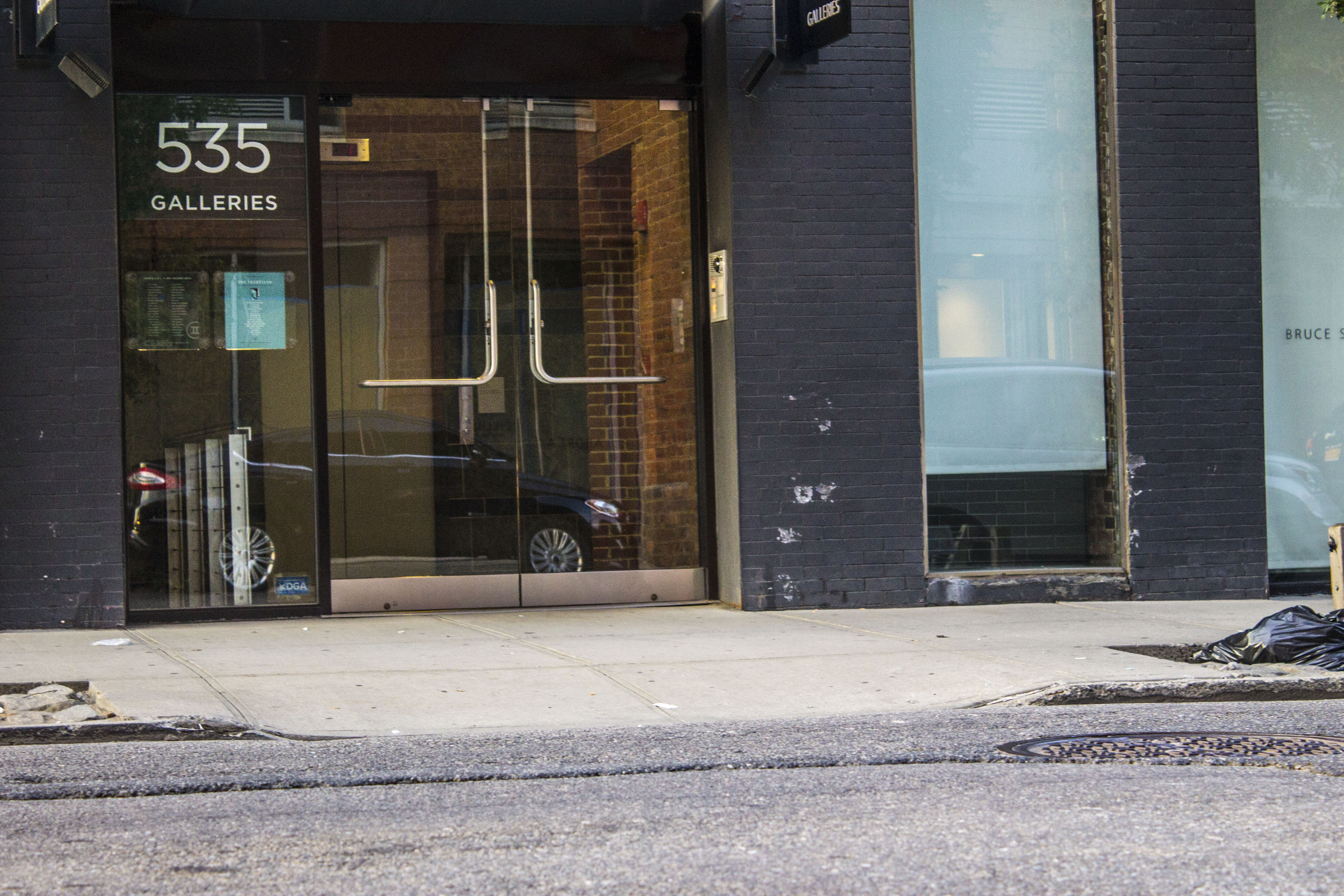
City parking rules prohibit the obstruction of curb cuts in most circumstances. But if the driveway is “unusable,” motorists may legally park in front of it — so long as a “building or fixed obstruction” blocks the movement of the car from street to a private parking spot, according to the New York City Traffic Rules. The art gallery building seemingly fits this description.
That does not mean that the curb cut there, and its other “obsolete” equivalents throughout the city, exists without consequence. Another set of city rules state that a tree pit cannot come closer than two feet from the edge of a curb cut. The trunk of the tree within it must stay a total of seven feet away, according to the Parks Department, which regulates city sidewalk tree planting.
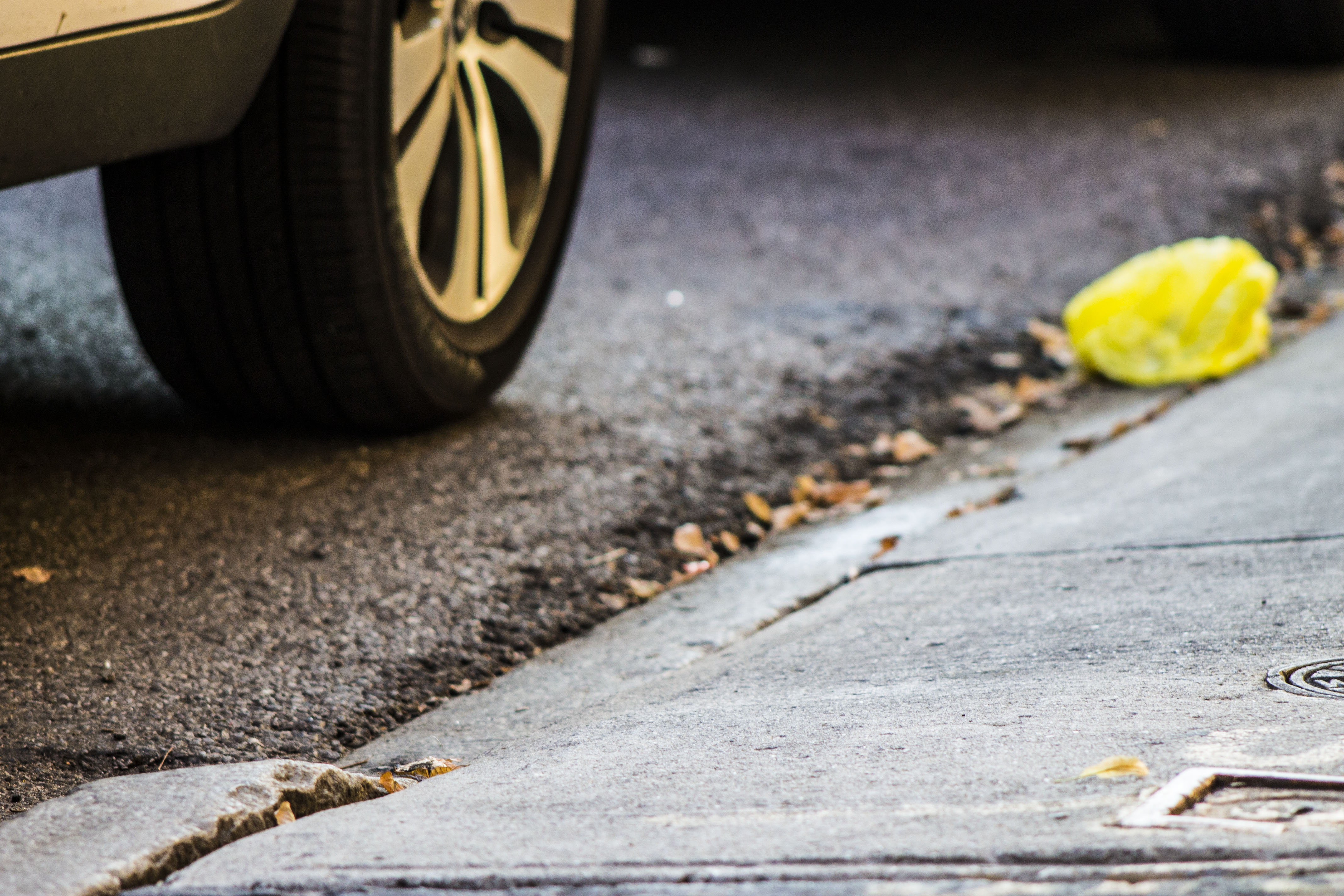
The intent of the 2010 CB4 survey was to gauge not only the prevalence of old curb cuts throughout the West Side, but also the ways in which relics of the industrial age might have an impact on the streetscape of the 21st century. Unlike decades ago, one city rule continues to stand in the way of how sidewalks and curbs might meet present needs, such as the planting of hundreds of trees on the West Side in an increasingly environmentally-conscious era.
“Whenever there is a driveway, even an obsolete one, the city will not let you plant a tree,” said CB4 Chair Christine Berthet.






